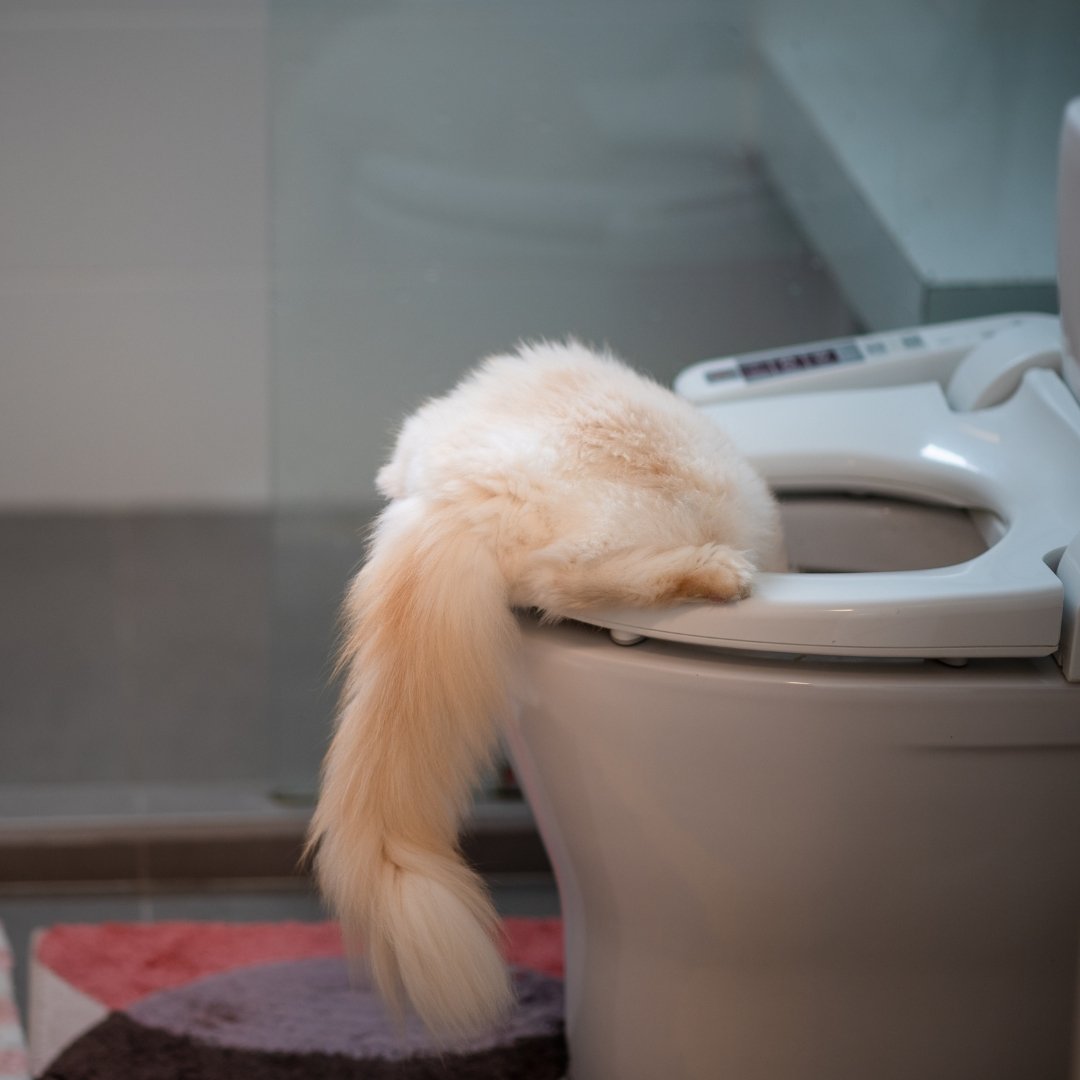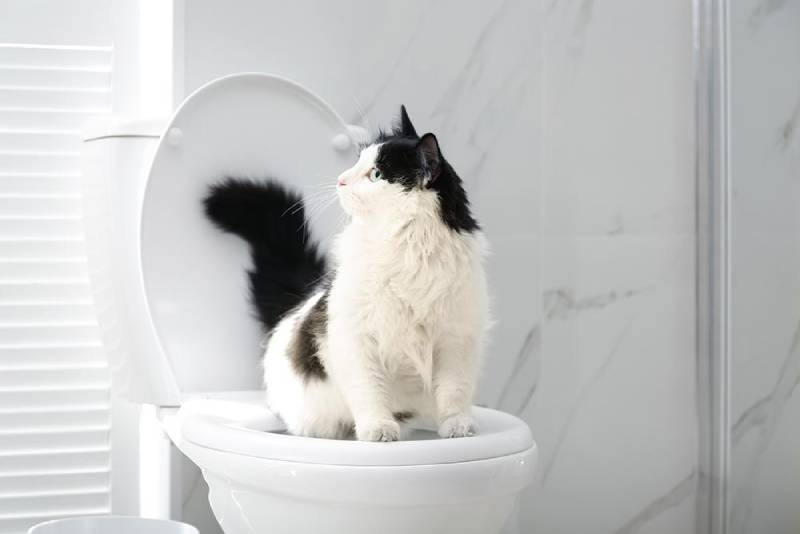The Results of Flushing Animal Waste Down the Toilet
The Results of Flushing Animal Waste Down the Toilet
Blog Article
Just how do you actually feel in regards to Why you should never flush dog poop down the toilet?

When it pertains to taking care of waste, specifically animal waste, lots of people usually turn to the hassle-free option of flushing it down the bathroom. However, this apparently very easy service can have severe repercussions for the setting and public health. In this write-up, we'll check out why flushing pet waste down the bathroom is a bad idea and provide alternate techniques for appropriate disposal.
Introduction
Proper waste disposal is crucial for keeping ecological sustainability and public health. While it might seem safe to flush animal waste down the commode, it can cause different issues, both for the setting and human wellness.
Threats of flushing animal waste
Environmental effect
Purging pet waste introduces harmful bacteria and microorganisms right into rivers, which can negatively impact marine environments. These pathogens can contaminate water resources and injury aquatic life, interrupting delicate ecosystems.
Public health issues
Pet waste has unsafe germs such as E. coli and Salmonella, which can position serious wellness dangers to human beings. Flushing pet waste down the toilet can infect water supplies, bring about the spread of illness and infections.
Alternatives to flushing
Instead of flushing pet waste down the commode, there are several alternate disposal techniques that are more eco-friendly and hygienic.
Composting
Composting pet waste is a green way to take care of it. By composting, raw material is broken down right into nutrient-rich dirt, which can be utilized to feed gardens and plants.
Garbage dump disposal
Disposing of pet waste in a land fill is an additional alternative. While not as eco-friendly as composting, it is a safer choice to flushing, as it protects against the contamination of water sources.
Animal garbage disposal systems
There are customized animal waste disposal systems readily available that safely and hygienically dispose of pet waste. These systems commonly use enzymes to break down waste and get rid of odors.
Steps to correct pet garbage disposal
To make sure correct disposal of pet waste, follow these actions:
Scooping and bagging waste
Regularly scoop and bag pet waste making use of biodegradable bags. This avoids waste from polluting the setting.
Making use of designated waste containers
Dispose of bagged pet waste in assigned waste bins, such as compost containers or land fill containers. Stay clear of flushing it down the commode in all expenses.
Cleansing can and family pet areas on a regular basis
On a regular basis clean can and family pet areas to prevent the build-up of waste and germs. Usage pet-safe cleansing items to keep health.
Benefits of correct disposal techniques
Adopting appropriate disposal techniques for animal waste uses several advantages:
Reduced environmental pollution
Appropriate disposal approaches decrease the threat of environmental pollution, safeguarding rivers and ecosystems from contamination
Reduced danger of water contamination.
By staying clear of flushing animal waste down the commode, the threat of water contamination is considerably decreased, securing public health.
Boosted hygiene and health
Correct disposal approaches advertise far better hygiene and health, developing a more secure setting for both human beings and pets.
Final thought
To conclude, flushing pet waste down the commode is unsafe to the atmosphere and public health. By embracing more info alternative disposal approaches and following correct waste administration practices, we can decrease the unfavorable impact of pet waste and contribute to a cleaner, much healthier world.
What To Do With Dog Poo – The Do's And Don'ts Of Disposing Of Faeces
Dog poo bins
Some councils provide dedicated dog waste bins in popular dog-walking areas that can take dog poo that has been bagged but you can legally dispose of dog waste in any public litter bin, as long as it is securely bagged. This also applies to your wheelie bin at home.
Do not flush
Water companies do not recommend flushing dog faeces down the toilet because certain parasites can survive the water processing treatment and are potentially harmful to humans. You should also never consider flushing dog poo that has been bagged down the toilet as the bags will not break down and instead create severe blockages in the sewage system.
In the woods
The Forestry Commission promotes a ‘stick and flick’ method for dealing with waste in the woods. This means finding a stick and using it to flick any poo from off the path so that it is out of the way of other walkers. You could also bury it as long as it is not in an area where there might be livestock.
Livestock
Parasites found in dog poo can be transmitted to livestock if they inadvertently eat infected faeces that has been left on grazing land. This could result in the death of sheep or abortion in cattle so you should always make sure you pick up your dog’s waste in fields where livestock could be present.

On a regular basis clean can and family pet areas to prevent the build-up of waste and germs. Usage pet-safe cleansing items to keep health.
Benefits of correct disposal techniques
Adopting appropriate disposal techniques for animal waste uses several advantages:
Reduced environmental pollution
Appropriate disposal approaches decrease the threat of environmental pollution, safeguarding rivers and ecosystems from contamination
Reduced danger of water contamination.
By staying clear of flushing animal waste down the commode, the threat of water contamination is considerably decreased, securing public health.
Boosted hygiene and health
Correct disposal approaches advertise far better hygiene and health, developing a more secure setting for both human beings and pets.
Final thought
To conclude, flushing pet waste down the commode is unsafe to the atmosphere and public health. By embracing more info alternative disposal approaches and following correct waste administration practices, we can decrease the unfavorable impact of pet waste and contribute to a cleaner, much healthier world.
What To Do With Dog Poo – The Do's And Don'ts Of Disposing Of Faeces
Dog poo bins
Some councils provide dedicated dog waste bins in popular dog-walking areas that can take dog poo that has been bagged but you can legally dispose of dog waste in any public litter bin, as long as it is securely bagged. This also applies to your wheelie bin at home.
Do not flush
Water companies do not recommend flushing dog faeces down the toilet because certain parasites can survive the water processing treatment and are potentially harmful to humans. You should also never consider flushing dog poo that has been bagged down the toilet as the bags will not break down and instead create severe blockages in the sewage system.
In the woods
The Forestry Commission promotes a ‘stick and flick’ method for dealing with waste in the woods. This means finding a stick and using it to flick any poo from off the path so that it is out of the way of other walkers. You could also bury it as long as it is not in an area where there might be livestock.
Livestock
Parasites found in dog poo can be transmitted to livestock if they inadvertently eat infected faeces that has been left on grazing land. This could result in the death of sheep or abortion in cattle so you should always make sure you pick up your dog’s waste in fields where livestock could be present.

I stumbled upon that blog post on Why you should never flush dog poop down the toilet while browsing the web. You should pause to distribute this blog if you liked it. Thanks for being here. Revisit us soon.
Check Us Out Report this page